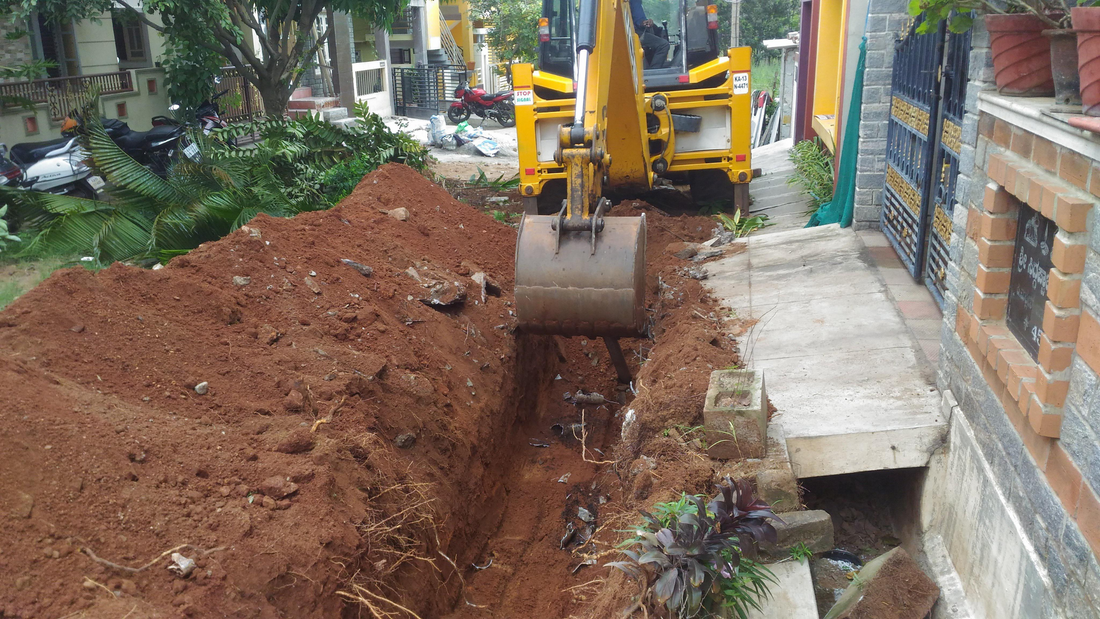
Foundation Excavation in Logan City and Browns Plains
Share
Every strong structure starts with one thing: a solid foundation. But before concrete is poured or footings are installed, the land beneath must be excavated and prepared with precision.
At In2It Earthmoving, we specialise in foundation excavation services across Logan City, Logan Reserve, Logan Village, Crestmead, Marsden, Drewvale, Berrinba, Browns Plains, Waterford, Waterford West, Bethania, Holmview, Tanah Merah, Cornubia, Carbrook, Beenleigh, Eagleby, Yatala, Windaroo, Mount Warren Park, Park Ridge, Stockleigh, and Bannockburn. Our team ensures your build has the stability it needs from the very beginning.
What Is Foundation Excavation?
Foundation excavation is the process of digging and shaping the earth to create a stable base for buildings and structures. It’s not just about digging holes—it’s about:
-
Setting the correct depth and width for footings.
-
Levelling and compacting soil to prevent shifting.
-
Preparing the land to handle the weight and load of the structure.
-
Ensuring drainage systems protect the foundation over time.
This step is essential for long-term safety and durability.
Why Foundation Excavation Matters
Without proper excavation, even the best-designed buildings face problems such as:
-
Cracked foundations caused by unstable soil.
-
Shifting structures due to poor compaction.
-
Flooding or erosion from inadequate drainage.
-
Premature repairs that cost thousands of dollars.
On the other hand, professional excavation ensures:
-
Structural stability.
-
Compliance with Australian building standards.
-
Faster construction timelines.
-
Peace of mind knowing your foundation is secure.
Types of Foundations in Construction
Different projects require different foundations, and excavation must suit the type:
-
Strip Footings – Shallow trenches filled with reinforced concrete for smaller structures.
-
Raft Slabs – Wide, shallow excavations for slab-on-ground homes.
-
Pier & Pile Foundations – Deep excavations using augers to anchor into stable soil layers.
-
Basements & Retaining Walls – Deeper, reinforced excavations to support heavy loads.
At In2It Earthmoving, we adjust our methods depending on soil type, slope, and project size.
The Foundation Excavation Process
Here’s how we approach each job:
-
Site Assessment & Soil Testing – Understanding ground conditions.
-
Survey & Marking – Measuring boundaries and depths.
-
Excavation – Using excavators to dig trenches or pits.
-
Soil Removal – Transporting waste via tip trucks.
-
Compaction – Stabilizing the ground with compaction wheels.
-
Drainage Setup – Preventing future waterlogging.
-
Final Checks – Ensuring the excavation meets engineering specs.
Local Considerations for Logan and Nearby Suburbs
-
Logan City & Logan Reserve – Mix of clay and sandy soils requires careful compaction and drainage planning.
-
Tarragindi – Sloping, rocky terrain often needs stepped foundations or retaining walls.
-
Browns Plains, Crestmead & Marsden – Commercial hubs where deep excavation and soil stabilization are crucial.
-
Waterford, Bethania, Holmview & Tanah Merah – Flood-prone areas need advanced drainage solutions.
-
Beenleigh, Eagleby, Yatala, Windaroo & Mount Warren Park – Residential and industrial projects require tailored excavation for long-term stability.
-
Park Ridge, Stockleigh, Bannockburn, Cornubia & Carbrook – Varied soil conditions demand flexible excavation methods and equipment.
Our local knowledge ensures projects are done right, every time.
Residential Foundation Excavation
For homeowners, we handle:
-
New builds and extensions.
-
Granny flats or secondary dwellings.
-
Retaining wall footings.
-
Slabs for garages and outdoor areas.
Commercial & Industrial Foundation Excavation
For businesses and developers, our services include:
-
Large-scale warehouse and retail footings.
-
Deep excavation for heavy-load structures.
-
Earthworks for car parks and pavements.
-
Foundations for civil infrastructure.
Equipment Used in Foundation Excavation
We use a fleet of modern equipment to get the job done efficiently:
-
Excavators (1.7t–14t) – For precision digging.
-
Augers – For piers and postholes.
-
Rock Breakers – To handle tough, rocky ground.
-
Rock Grabs – For clearing larger materials.
-
Compaction Wheels – To stabilize soil after excavation.
-
Tip Trucks – For transporting spoil away.
Safety Standards
Foundation excavation comes with risks, so we strictly follow:
-
Queensland’s workplace health and safety regulations.
-
Safe trenching and shoring practices.
-
Equipment handling protocols.
-
Protective barriers and signage for active sites.
This ensures safety for our team, other contractors, and the public.
Common Challenges & How We Solve Them
-
Unstable Soil – We compact and stabilize ground to prevent shifting.
-
Water Ingress – We design drainage to protect against flooding.
-
Sloped Blocks – We step excavations or create retaining solutions.
-
Hard Rock Layers – Our rock breakers handle even the toughest terrain.
FAQs About Foundation Excavation
How deep do you dig for a foundation?
It depends on soil type and engineering requirements, but depths can range from 300mm to several metres.
Can excavation help prevent flooding?
Yes—proper excavation includes drainage solutions to divert water away from foundations.
Do I need approval for excavation?
Most foundation excavation requires council approval. We can assist with this process.
How long does it take?
Residential excavation may take 2–7 days, while commercial projects may take weeks depending on scale.
Build on Solid Ground with In2It
Don’t take risks with your next project—start with professional foundation excavation that ensures long-term stability.
📞 Call us today on 0403 765 635
📧 Email us at in2itearthmoving@outlook.com
Strong buildings begin with strong foundations. Let us help you lay the groundwork.
